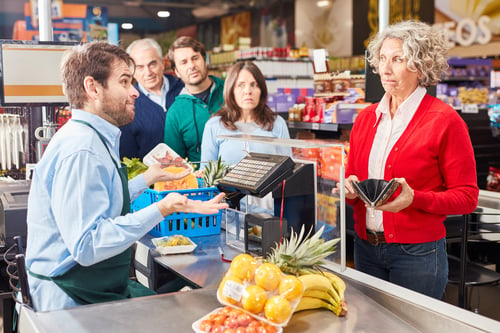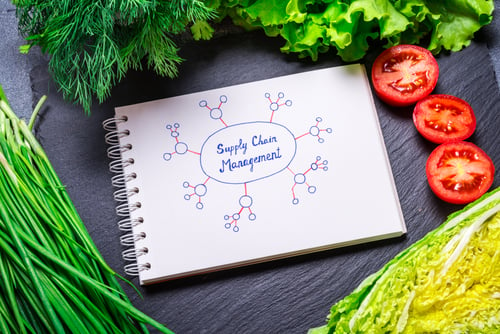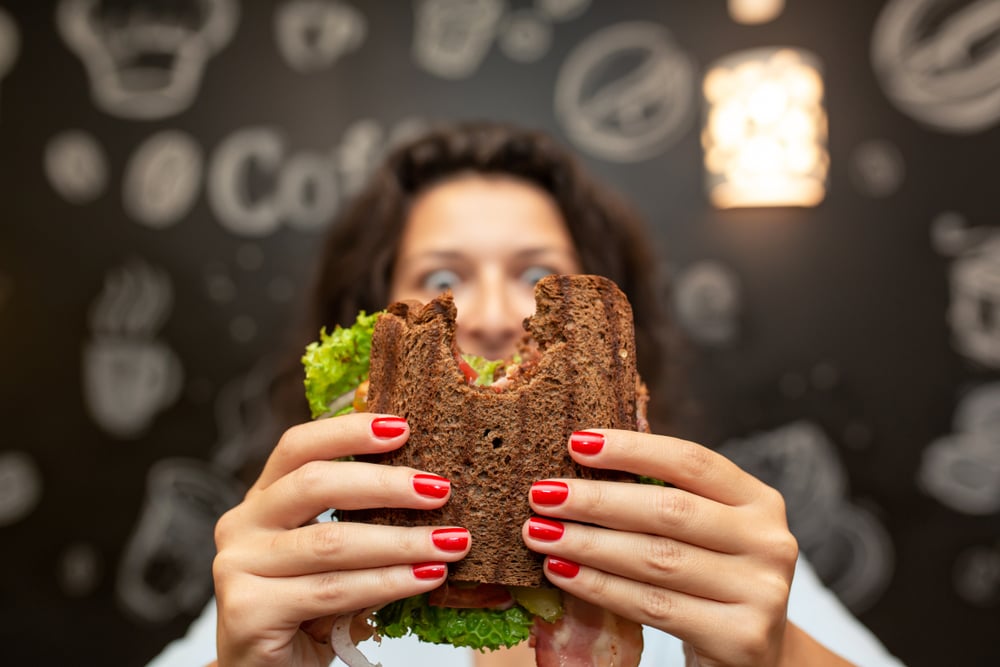“Every society is three meals away from chaos.” - Lenin, Vladimir
“So long as you have food in your mouth, you have solved all questions for the time being.” - Kafka, Franz
“It’s okay to eat fish because they don’t have feelings.” - Cobain, Kurt
Food is important. As a species, we think about it constantly. A ready supply of the stuff is crucial for society to keep on doing societal things. And up until the COVID-19 pandemic laid waste to global supply chains, (along with a barrage of other uncertainties too lengthy and depressing to list right now) the average person living in a developed country took food availability for granted.
But now, four years later, some companies have successfully moved their manufacturing supply chains back to the US with the help of managed transportation providers and consultants, reports Ethan Karp of Forbes. However, the food and beverage supply chain is still subject to the daily disruptions that circumnavigate the world.
Pre 2019 expectations surrounding food availability were so high they’d become invisible.
Grocery stores always had milk. Fancy grocery stores always had posh nuts, fake milk made of almonds, and seventeen varieties of interestingly stuffed olives. And hiding behind that vast feast of abundance was this massive, uninterruptible Swiss Clock of a supply chain. It was a behemoth of precision – an enormous and intricate machinery of trucks, ships, trains, and planes that kept the vast pendulum of hunger and satiation ticking along with supreme efficiency.
But even now, the questions surrounding today’s food and beverage logistics processes seem to still evoke panic and worry. Let’s dig into the details of whether the food and beverage industry can truly overcome the problems brought to light in the last four years.
Chaos or mild inconvenience?

So where does that leave businesses in the food and beverage industry? Well, the good news is, we’re significantly closer to Cobain than Lenin on the dystopian food continuum. The food and beverage industry remains as diverse as it is volatile.
But the supply chain that feeds it is not what it once was. Whole classes of food and beverage products have seemingly shifted away from mainstream. Food safety is still a top priority in all areas, and temperature-controlled product food prices seem to be on an upward trend.
The overall price of food products rose by nearly 5% between 2020 and 2021. Meat prices increased by 25%. Meanwhile, in 2022, the escalating conflict in Ukraine led to spikes across many commodities. The United States Department of Agriculture (USDA) Economic Research Science’s Food Price Outlook for 2024 estimates that inflation of food costs should decelerate in 2024, but overall prices will increase roughly 2.9%.
According to the International Food Policy Research Institute (IFPRI), “Wheat prices are currently 45% below their peak in May 2022 while corn and soybeans are down 42% and 24%, respectively, over the same period. Their decline can be attributed to several factors. Russia had back-to-back record crops of wheat in 2022/23 and 2023/24, contributing to record wheat exports.”
Such changes and declines in commodity availability have nowhere to go but straight to customer pockets — and consumer demand is changing in response to such a swift hike.
So what do those changes look like?
The next ten years will prioritize a more resilient supply chain
Some aspects of the food industry will bounce back to what they were, like springy sponge cake, as more time passes. It’s probably fair to say that others will crumble like three-day-old Wonder White, at least for the near future.
- The rise of home cooking: Over 64% of meals eaten in the US are now prepared at home, according to Quality Assurance & Food Safety Magazine.
- A push for real-time visibility in food supply chains: The industry is seeing growing consumer demand (with regulatory pressure hot on its heels) to disclose information about where their food came from and — potentially at least — how it got there.
- Impossible burgers are just the beginning: … of a worldwide consumer tolerance for meat substitutes and cultured meat. Over 80 startups in the US are aggressively investing in cultured meat, the Institute of Food Technologists reported in 2021. But as of late 2023, McKinsey & Company notes that global cultured meat producers have managed to only capture less than 1% of the protein market.
How you can keep up

The next big question? If you’re a cog (whether small or large) in the enormous food and beverage machine, what will your future supply chain look like? And how will you build success?
Tools can help food and beverage companies create more resiliency. Food manufacturers will be able to better source a more diverse pool of raw materials, i.e., ingredients and commodities, to make it through the next disruption. But those abilities rely on how well a company is able to look beyond the traditional limits of their supply chains.
A solid transportation management system (TMS) can equip you to efficiently manage the day-to-day of your freight operation. A BI dashboard can enhance visibility across your whole supply chain. But more advanced algorithms and software are only part of the solution. Why? Because the world is changing too fast. Recent history has taught us that the “behemoth of precision” — the vast global food and beverage supply chain — is built on crumbly foundations.
Ten years from now, pre-baked set-it-and-forget-it TMS solutions will be a thing of the past.
People-powered supply chain planning

Finding a 3PL who can be a thought partner to your supply chain decision-making is the future.
IL2000 is built on a capable and diverse team of supply chain specialists who understand the nuanced and changing complexities of supply chain management. Our mission is to equip our clients with something more than software or a prescribed suite of services.
We aspire to offer supply chain thought-partnership.
If you work in a volatile and changing sector like the food and beverage industry, choose a 3PL that can offer solutions that’ll grow with you. Check out how we can put you on a path to continuous supply chain improvement.
Connect with a consulting engagement executive at IL2000 for a no-obligation supply chain analysis.

